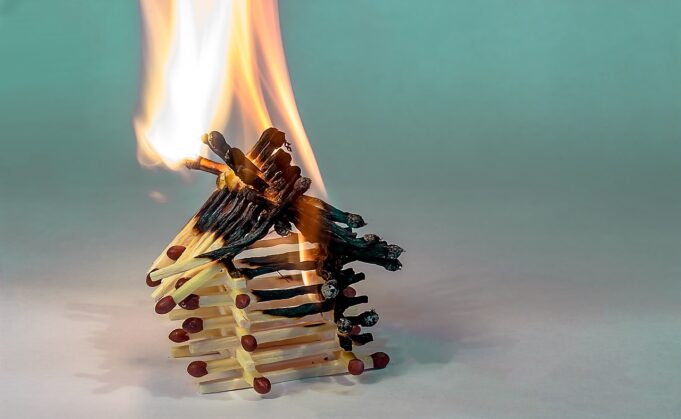Written by Lisa Turner
Have you ever been faced with a catastrophe at home? Remediation Group in Atlanta provides us with a quick do’s and don’ts checklist for 3 types of catastrophes that could happen at any home.
FIRE DAMAGE
Do
Limit movement in damaged areas to prevent soot particles from being embedded in upholstery and carpet.
Place dry, colorfast towels on rugs, upholstery, and carpeted areas. Change HVAC filter, but leave the system turned off until checked by a professional.
Cover air registers with cloth to prevent particles from getting into or out of the HVAC system. Keep hands clean when handling soot-covered items to prevent spreading.
Don’t
Clean clothing, upholstery, or carpet yourself. Improper cleaning may cause permanent damage.
Turn on light switches or electrical appliances as there may be damage behind the walls. Wash any walls without consulting a professional. Incorrect cleaning could cause further soot dam-age.
CLEAN WATER DAMAGE
Do
Shut off water source or contact a professional to help. Turn off circuit breakers that are supplying electricity to the affected areas.
Remove excess water from flooring and furniture using mops, towels, wet-vacuum, etc. Place furniture blocks between furniture and wet flooring to prevent wicking
(secondary damage).
Move important articles, valuables, and documents to a dry area.
Don’t
Use a household vacuum to remove excess water. You could be electrocuted.
Leave items with dyes or inks on wet carpet or furniture (books, magazines, etc.).
Turn on light switches or electrical appliances as there may be damage behind the walls.
CONTAMINATED WATER DAMAGE
Do
Turn off HVAC system to prevent the spreading of contaminants.
Avoid contact with sewage-contaminated items.
Wash your hands and body if you handle sewage-contaminated items.
Contact a health professional at the first sign of adverse health effects due to exposure to sewage-contaminated water or items.
Don’t
Use a household vacuum to remove excess water. You could be electrocuted.
Activate the HVAC system, especially if it has been contacted by water.
Use fans to dry out the structure as this can lead to cross-contamination of the air .
Walk on affected areas so that the spread of contaminants can be reduced.
Article provided by Remediation Group, Inc.
Shared from Silverleaf Management Group











